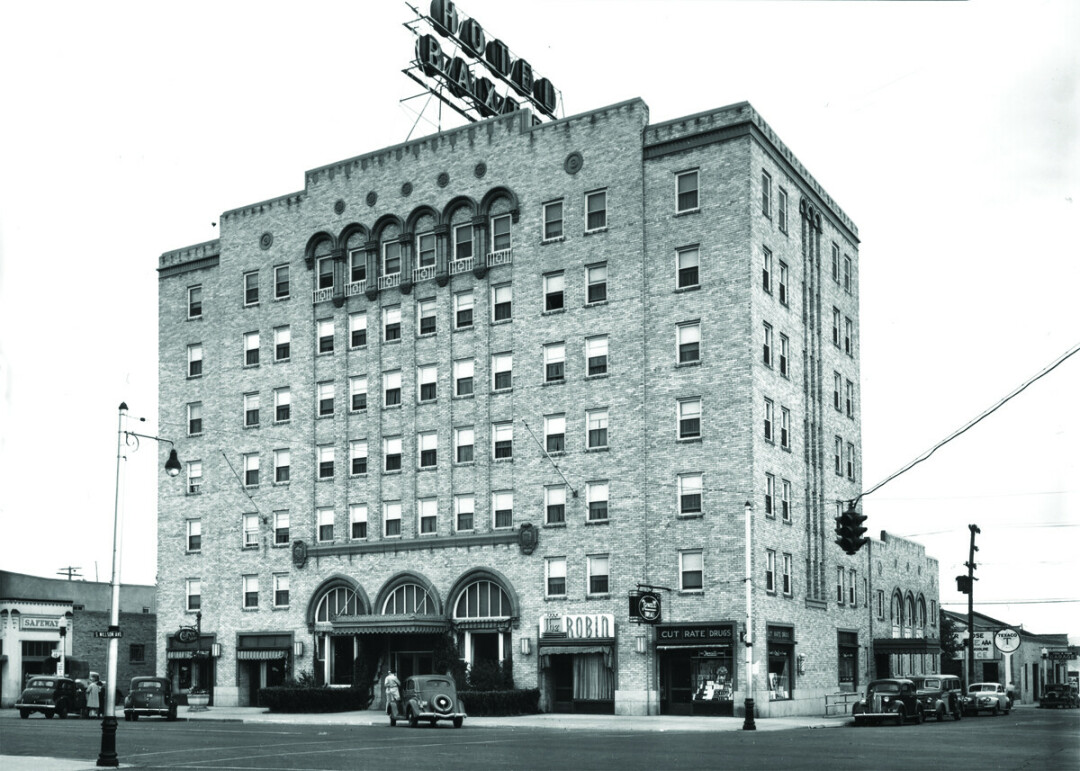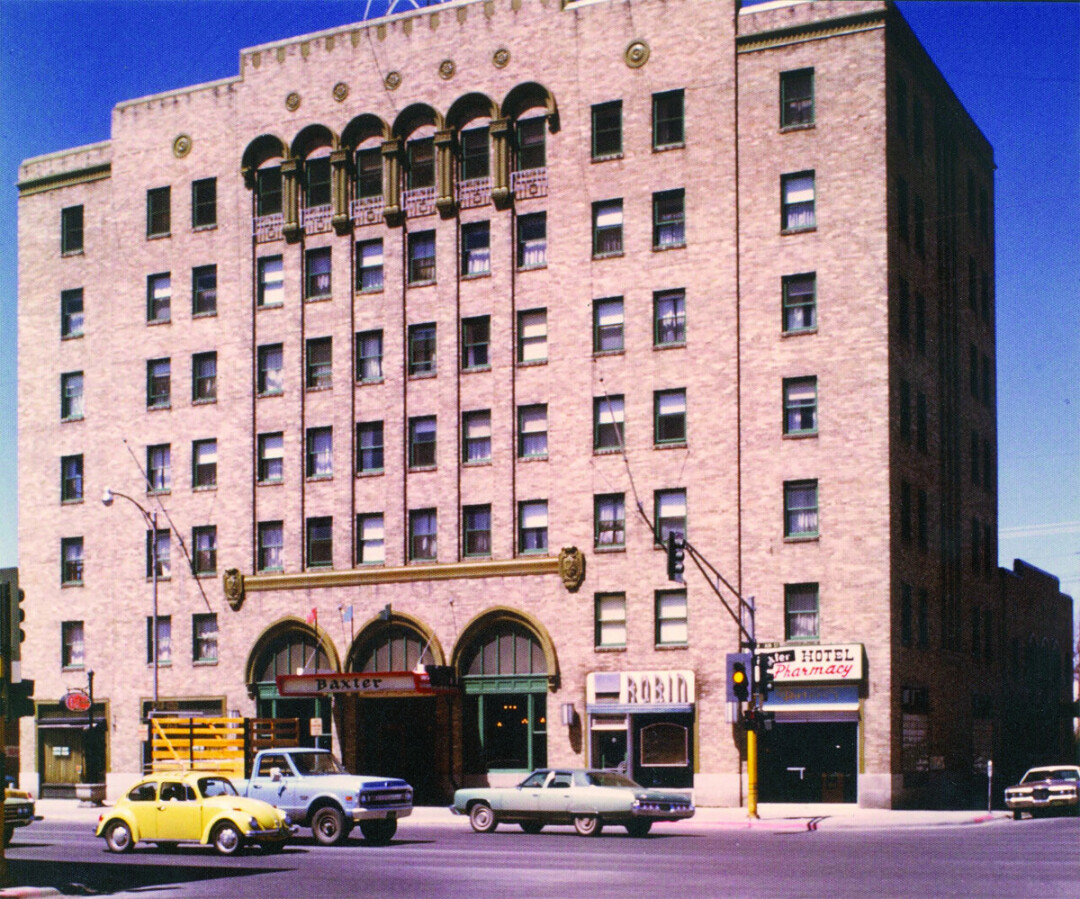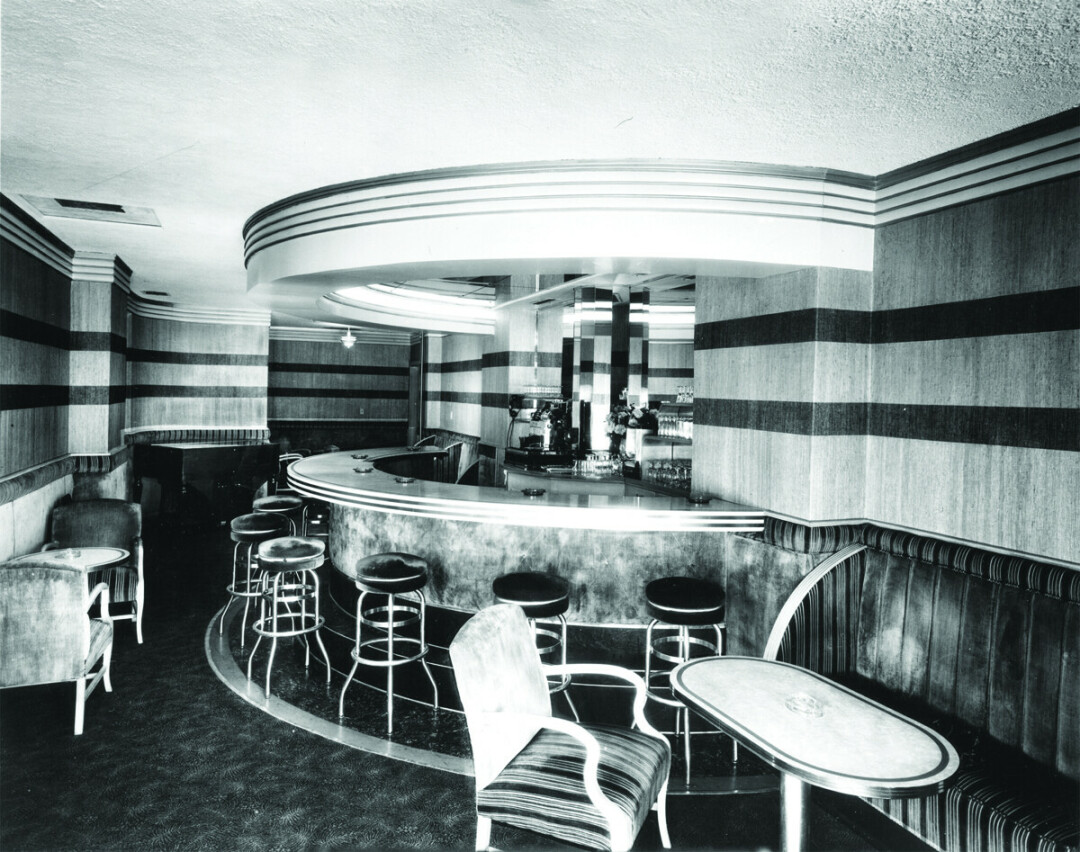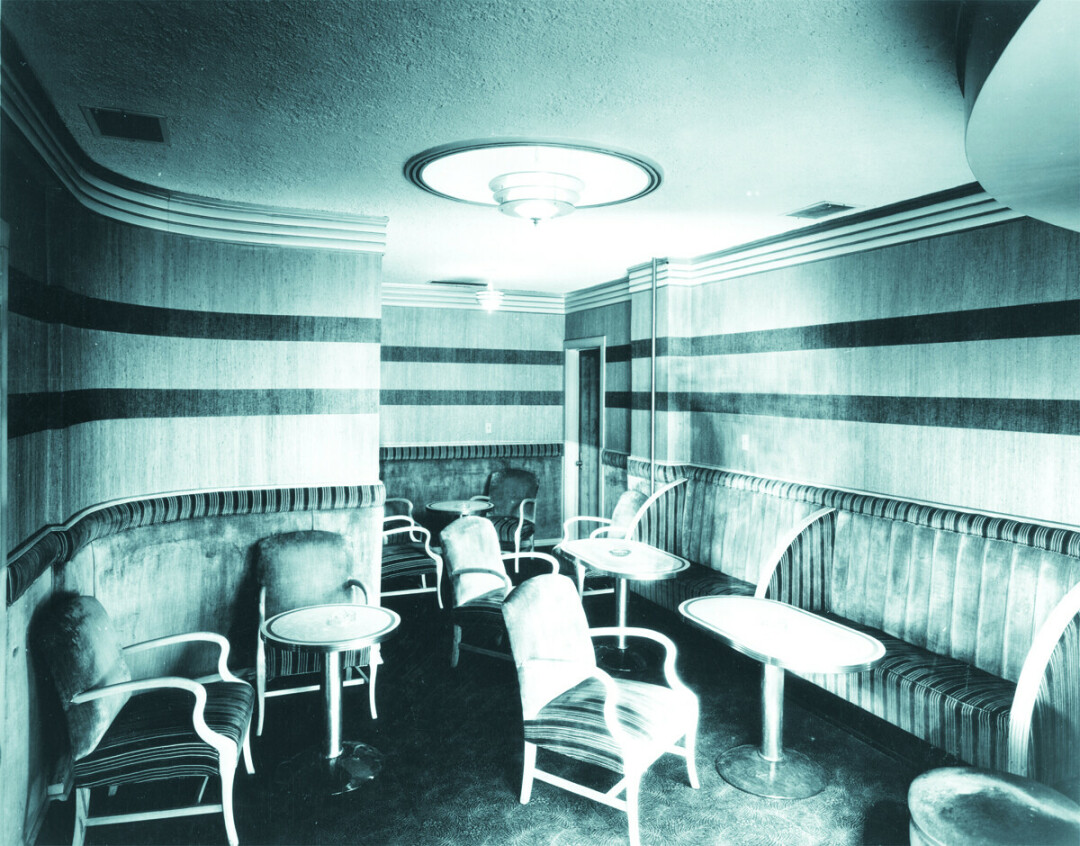Coffey to Martini Robin to Bison A Story of Change
Monday Jul. 1st, 2024
Change is constantly with us. Even during the 1950s and 1960s, Bozeman grew by fifty percent, from a population of 12,000 to 18,000. Then, the northern limit of the city was Oak Street, two dirt ruts that ran along a deep irrigation ditch at the edge of an alfalfa field before petering out a block west of North 7th. The town’s western limit extended to the new Bozeman Senior High School, built in 1958 and surrounded by open fields and a few scattered homes. Broadway to the east and Lincoln to the south contained the rest of the city. We were an agricultural town attached to an agricultural college nestled on the eastern edge of the fertile Gallatin Valley.
Winter or summer, the thick, imposing policeman Carl Koeber kept our daytime streets free of crime astride his three-wheel Harley. At nightfall, a single black and white patrol car with one domed “cherry” beacon on its roof took over.
Practically all 8th grade boys took the NRA hunter’s safety course taught in the cavernous and dimly lit opera house. All the seats, save for the first two rows had long since been removed. Its broad proscenium arch framed a faded hand-painted river scene olio curtain which still hung where it was last lowered. Recovered and stolen property, mostly bicycles, filled the rest of the space. The city razed this grand old building in 1965, citing structural damage from the 1959 earthquake and leaving a vacant lot (now a park) across Main from the Bozeman Hotel, but change this dramatic came slowly. For those of us fortunate enough to be here, those were the halcyon days of Bozeman.
I doubt there was a single person passing the Baxter Hotel who did not notice the Art Deco stained-glass window of the Robin Lounge.
As a young boy with church-going parents, I believed bars were dark, evil places, whose stench of cigarette smoke and beer (seasoned with loud conversation) wafted out onto the sidewalks on summer days—but the Robin was different. It was a “lounge,” genteel, a place of rest. Its stained-glass window featured a robin perched delicately on the lip of a martini glass surrounded by big pastel bubbles, and this set it apart from all the other storefronts on Main.
Warm summer days prompted my best friend Kenny and me to jump on our bikes and pedal downtown past the Robin to Coffey’s Craft Shop at 13 South Willson.
Mr. Coffey was usually in a tiny balcony at the top of an iron spiral staircase at the rear of the store, and when the bell attached to the front door jangled, he silently got up, descended the stairs, and took a position behind the toys in a glass case filled with Dinky Toys and Matchbox Toys, which ran the length of the narrow store. Each car or truck or tank or digger was carefully positioned atop its own box. When we asked to see one, he slid the back door of the cabinet open and carefully lifted it and its box out placing it on the counter in front of us. Royal A. Coffey offered no conversation, but he was quietly kind. If we showed interest in another one, he restored the first to where it had been and lifted out the next. Our choices made, we each slid a silver dollar across the counter, and he turned to a big brass cash register, rang up the sales, pulled the lever releasing the wooden cash drawer to slide out, and returned fifty-one cents in change to each of us.
With that, we burst out of his store and pedaled across the street to the BonTon Bakery on the corner for a three-cent cake doughnut or, on occasion, an extravagant seven-cent raised, glazed one.
After graduating from high school, I left for college. By the time I permanently returned to Bozeman 38 years later, the wheels of change had rolled over the Robin Lounge.
They started spinning in far-away Atlanta with a media mogul and the founder of CNN, the first 24-hour cable news network. In 1987, Ted Turner bought the Bar None Ranch near Maudlow, Montana, his first. In 1989, he bought the iconic Flying D Ranch at the foot of the Spanish Peaks outside of Bozeman, and began his efforts to turn back the clock and restore the land to what it had been before white settlers came. Central to his efforts has been the reinstatement of bison. He now owns 14 ranches in the U.S.
In June 2008, Turner opened Ted’s Montana Grill to sell bison meat in the former Robin Lounge space. (In January 2002 he had opened the flagship bison restaurant of his chain in Columbus, Ohio.) Once, while waiting to be seated there, I noticed the last vestige of The Robin—its stained-glass window—hanging backlit behind the Maître D’s station. By my next visit, it too was gone.
How had The Robin come about? Four years after taking over the management of the Baxter Hotel in 1940, Robin MacNab called on the hotel’s architect, Bozeman’s own Fred Willson, to remodel the café/coffee shop into a fashionable lounge, inviting “Birds of a Feather [to] find the best good fellowship and fine liquor at . . . the Robin cocktail lounge.” It and the small Rexall Drug Store next door remained the same for 70 years.
In 2023, Crystal Alegria of Extreme History Project asked me to lead a brief tour of the Baxter, which rekindled my interest in the stained-glass window. Hours before the tour was to begin, I asked the bar manager of Ted’s if he knew where the window had gone. He did not, but he sent me upstairs to the building manager. After introducing myself, I told her of my interest in finding the window. She pointed to a neatly wrapped cardboard package leaning against the wall just feet away and said, “It’s right there.” What I håad figured would be a wild goose chase turned out to be just the opposite. She went on to tell me of a plan to display the window along with other artifacts removed from the hotel lobby.
I was not able to unpack the window, take a picture of it, and look for a craftsman’s mark, so I did the next best thing: Using old photos and the original architectural drawings, I was able to reproduce it. I had to guess at the pastel color of each panel. Perhaps someday with the rise of public interest, this exceptional piece of Bozeman’s history will once more be on display for everyone to enjoy.
Richard Brown is a local historian, author, Gallatin History Museum volunteer, and an expert on Bozeman architect, Fred Willson. He wrote the draft of this article and created the artwork (of course). Richard’s brother, Doug Brown, found the through-story and did the editing.
| Tweet |